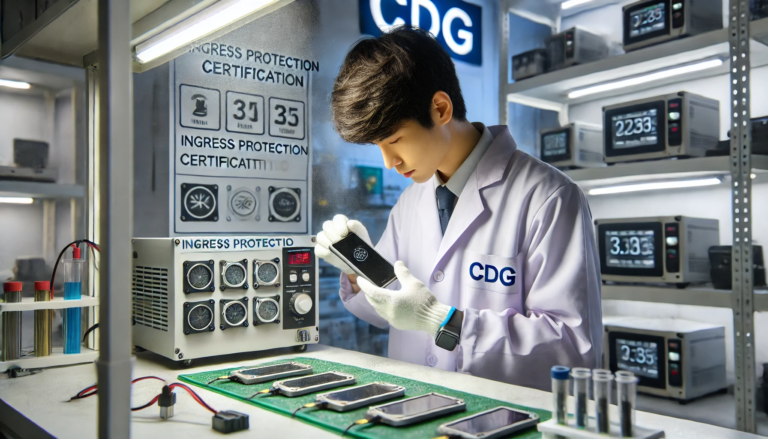In today’s rapidly advancing technological world, the durability and reliability of electronic devices are more critical than ever. Whether you’re developing cutting-edge gadgets or industrial equipment, understanding how environmental conditions affect your products is crucial. This is where Ingress Protection (IP) certification plays a pivotal role. But what exactly does this certification entail, and what environmental conditions does it address? Let’s dive in!
Introduction to Ingress Protection Certification
Ingress Protection (IP) certification is a global standard designed to assess the protection level of electronic devices against environmental factors such as dust, water, and other potentially harmful elements. The IP rating system, defined by the international standard IEC 60529, provides a clear and standardized way to ensure that devices meet certain performance criteria in various conditions.
Understanding IP Ratings
An IP rating is composed of two digits:
- The first digit represents the degree of protection against solid objects (like dust).
- The second digit indicates the level of protection against liquid ingress (like water).
- For example, an IP67 rating signifies complete protection against dust (6) and the ability to withstand submersion in water up to 1 meter (7).
Key Environmental Conditions Considered in IP Certification
Dust and Solid Objects:
- Dust Ingress: Devices with higher IP ratings, like IP6X, offer complete protection against dust ingress. This is crucial for electronics used in dusty environments, such as construction sites or manufacturing facilities.
- Impact Resistance: While not directly part of the IP rating, impact resistance is often considered alongside dust protection to ensure devices can withstand accidental impacts without compromising their protection.
Water Ingress:
- Water Jets and Sprays: Ratings like IPX4 ensure that devices are protected against water splashes from any direction. This is essential for consumer electronics exposed to occasional water exposure, such as outdoor speakers or weather-resistant cameras.
- Submersion: Higher ratings, such as IPX7 and IPX8, mean that devices can withstand submersion in water for varying periods and depths. This is important for devices like waterproof smartphones and underwater sensors.
Temperature Extremes:
- High and Low Temperatures: Devices must operate correctly in varying temperatures. While not always included in IP ratings, manufacturers often test devices in extreme temperatures to ensure reliability in diverse conditions.
Humidity and Corrosive Environments:
- Moisture: Humidity can impact electronic components and lead to corrosion. Devices with high IP ratings are often tested for their ability to resist moisture infiltration.
- Corrosive Substances: Some environments expose devices to corrosive elements like salt or chemicals. While not covered directly by IP ratings, additional testing may be required for devices used in such conditions.
Practical Tips for Ensuring Optimal Protection
Choose the Right IP Rating: Assess the environmental conditions where your device will be used and select an appropriate IP rating. For instance, an IP68 rating is ideal for underwater applications, while an IP65 rating suffices for general outdoor use.
Regular Testing: Conduct regular IP testing to ensure that your device maintains its protection level over time. This is particularly important for devices exposed to harsh environments.
Design Considerations: Incorporate robust seals, gaskets, and enclosures into your design to enhance protection against dust and water ingress.
Maintenance and Care: Educate users about proper maintenance and care to preserve the device’s protection level, especially in challenging environments.
Ingress Protection certification is essential for ensuring that your devices can withstand various environmental conditions and continue to perform reliably. By understanding and applying the principles of IP ratings, you can design and produce products that meet high standards of durability and performance


